|
Experiential learning resources for the innovative educator
Student-directed learning is a worthwhile endeavor, with a variety of benefits, especially if you have set the stage to promote independence.
A great place to start is with the student-directed learning space itself. Designing your learning space in a way that promotes self-direction makes the transition to student-led easier and more enjoyable for everyone. Let's take a look.
Whatever learning space you are working with, whether the environment be a classroom or home learning environment, it must nurture student choice. That's the bottom line. That is the foundation of student-directed learning after all.
Students design and lead their own learning experiences by making decisions about the process and outcomes. The role of the teacher in a student-directed learning environment changes to facilitator. It may be tricky to even imagine what a student-directed learning space would look like. I'm going to share with you the first and most important steps to take to shift from a teacher-directed classroom to a student-directed classroom and how to build a learning space that promotes effective student-directed learning experiences. How to Create a Student-Directed Learning Environment that Promotes Independence
Modify Your Learning Space to Allow for Student Choice
Shifting the layout of your room can have a dramatic impact on the success of student-directed learning in your classroom.
The foundation of student-directed learning is choice, so various micro spaces should be available for students to utilize. Diversify the environment so students have access to choices. Design the space in a way that serves a variety of needs or tasks, because with student-directed learning your students are not all working at the same pace or on the same activity or task at any given time. Include areas for creating, group cooperation and collaboration, innovation, movement, and independent, focused work. For example, you might have desks with computers and headphones that offer quiet and the option to focus. You might have a large table to support students that have chosen to do a project as a small group. You could have a maker space for those students that have chosen to create a physical final product to demonstrate learning.
Get Input from Students
Many of the design aspects of my classroom were achieved through student-directed learning projects.
Our students built their own desks, for example. A small group of my students designed our reading corner to support student-led learning. This was achieved through the process of student-led project-based learning. One of my students refinished a four-top table that she found on the curb with a "free" sign on it. That experience was a self-directed PBL and that table has an important role in our classroom. Students that have chosen to work in small groups use that table often to collaborate. A small group of students also designed our maker space, which again, is an essential space in a student-led classroom, as it comes in handy for those students that enjoy and choose to work with their hands.
Move Beyond the Walls of the Classroom
Use the community as a resource for student-directed learning!
Some of the most profound learning experiences happen outside of the classroom where students can get inspired and exposed to new places, people, ideas, and community issues that impact them. For students to succeed at directing their own learning experiences, they need input that is relevant to the real world and to who they are as individuals. Give them the opportunity to discover what is meaningful, important, and interesting to them, and oftentimes, resources within classroom walls don’t quite cut it. If you feel there are limitations to getting your students out of the building, try to get them out into the yard at a minimum. You can also bring the community to your classroom. Reach out to community members to come into your classroom to talk about what they do, offer expertise, or provide resources. Show students that they have options; that the choices they make when designing learning experiences for themselves are not limited to what the literal learning space has to offer.
Design the Space to Promote Self-Direction
The foundation of student-directed learning is choice. When designing a project, for example, your students will determine how to gather information, how they will organize that information, what to create to demonstrate learning, etc.
We have talked about some design features of a student-directed learning space that support those choices. If one of your students chooses to create an art piece as a final product, they have access to the maker space, which was created and implemented in the learning space design to support such a choice. But what about supporting self-direction in itself? How can you set up your learning space to encourage independence? A great way is to have designated spots for tools and materials. For example, my students design and lead their own project-based learning experiences. They design their projects using a workbook that I have created for them that helps them walk through the design experience. They also have access to rubrics, project proposals, and more. ALL of these guiding materials are in bins at the back of the room. There are always copies available and they are ALWAYS in the same place so that I don’t have students asking me for project proposals 10 times a day. Another example is our bulletin board where I keep our schedule, deadlines, any group projects we have going, presentation sign-up sheets, and more. If a student needs to know when something is due, they can look on the board. If a student is ready to sign up to present their project to the class they can head to the bulletin board and add their name to the sign-up sheet. Start to keep a tally of the things your students need you for on a regular basis. Then ask yourself, “how can I design this learning space, or what could I add to this learning space to help my students help themselves?
Student-directed learning is a beautiful thing, especially if you set the stage for successful self-directed learning from the beginning.
If you're looking for a great place to start, the learning space is it. Design the space to support diverse choices, to promote self-direction, and to using student input. I also encourage you to use the community as your classroom as well.
Student-Led Learning Courses and Workshops
Student-Led Learning Resources from Experiential Learning Depot
Student-Directed Learning Blog Posts
Join our experiential learning Facebook group!
Did you know there is an experiential learning Facebook group? Check that out - Experiential Learning Community for K12 Teachers - and join in the discussion about experiential learning ideas! Find us on social media! Follow Experiential Learning Depot on Pinterest, Facebook, Youtube, and Instagram for more on experiential education, and check out my shop for experiential learning resources. Observe. Question. Explore. Share.
0 Comments
Your comment will be posted after it is approved.
Leave a Reply. |
Blog IntentTo provide innovative educational resources for educators, parents, and students, that go beyond lecture and worksheets. AuthorSara Segar, experiential life-science educator and advisor, curriculum writer, and mother of two. Categories
All
|
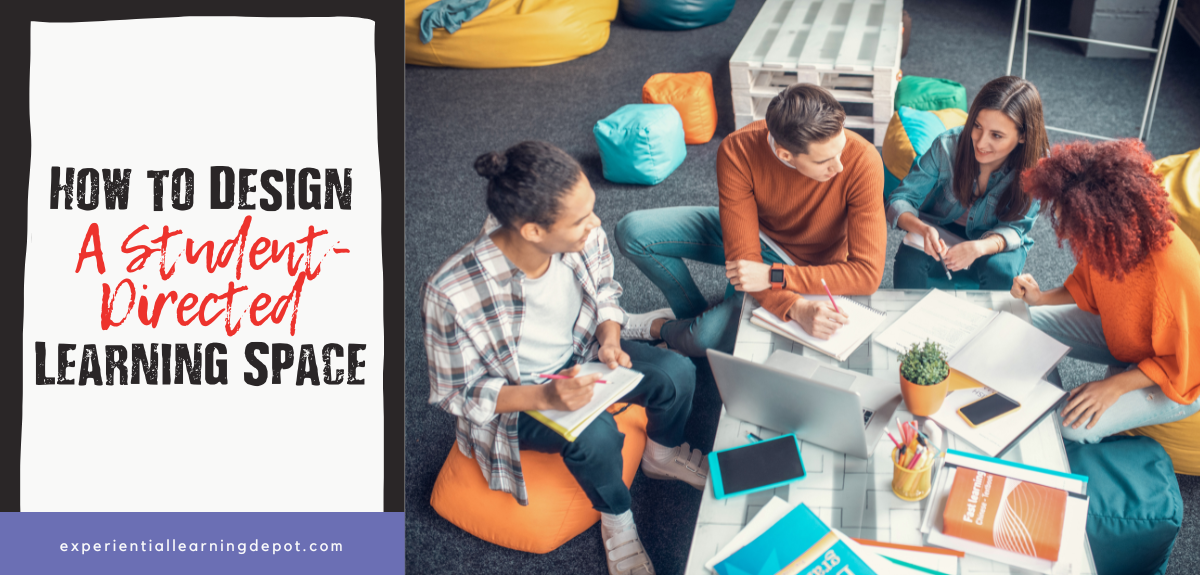
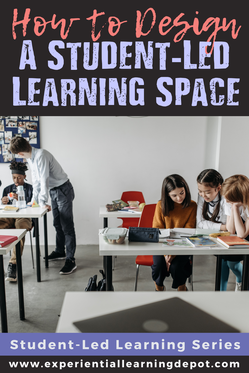
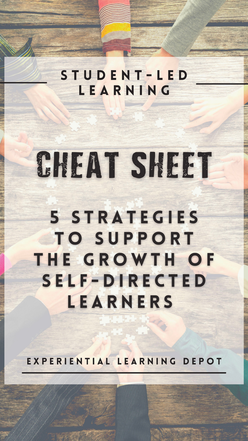
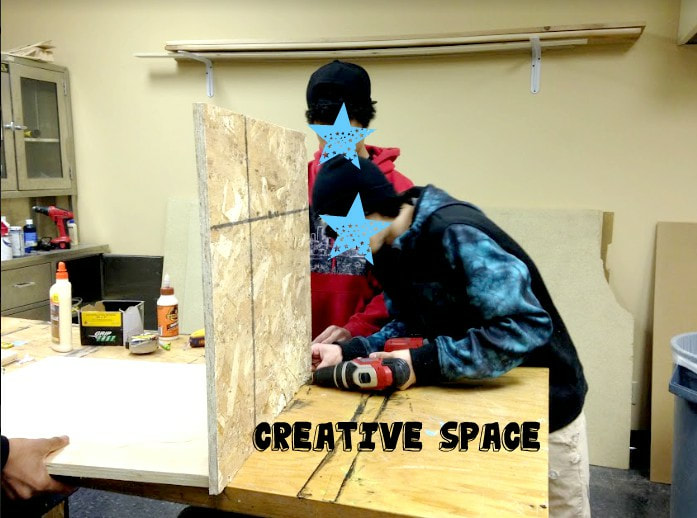
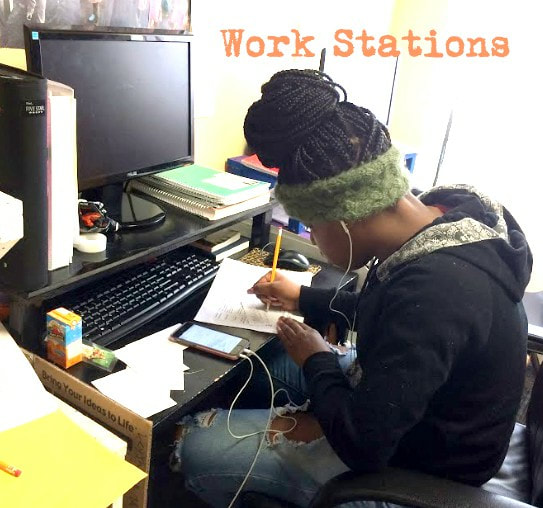
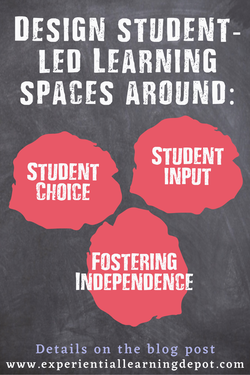
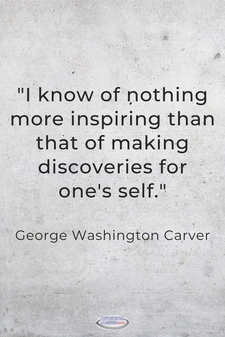

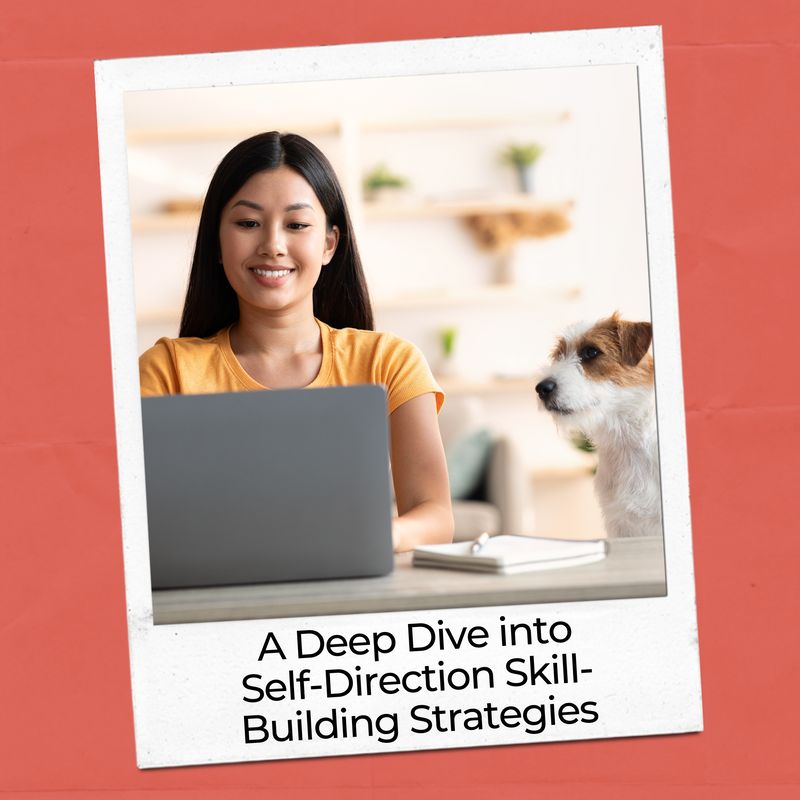
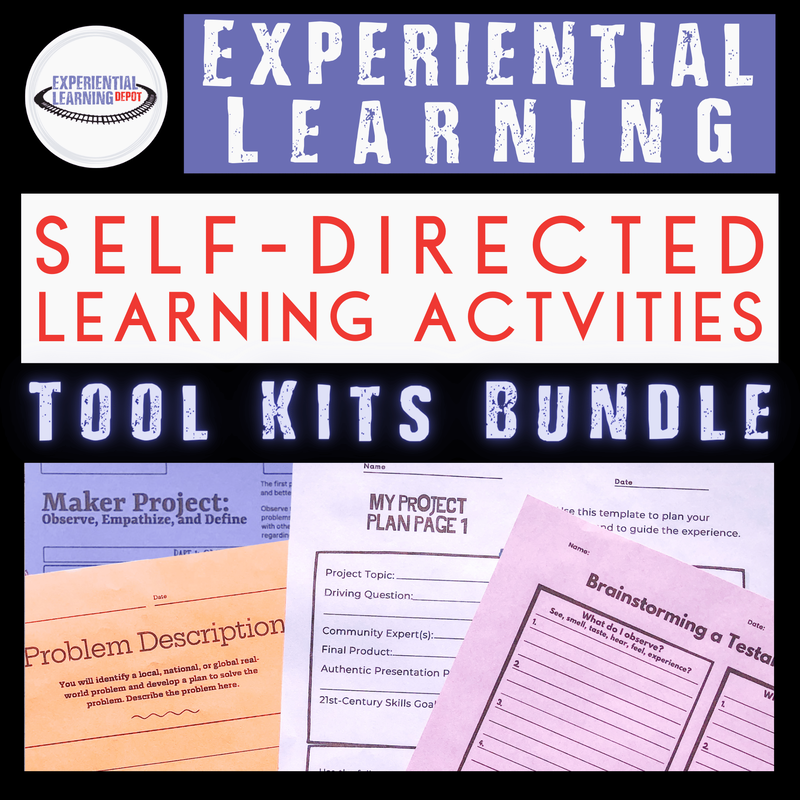
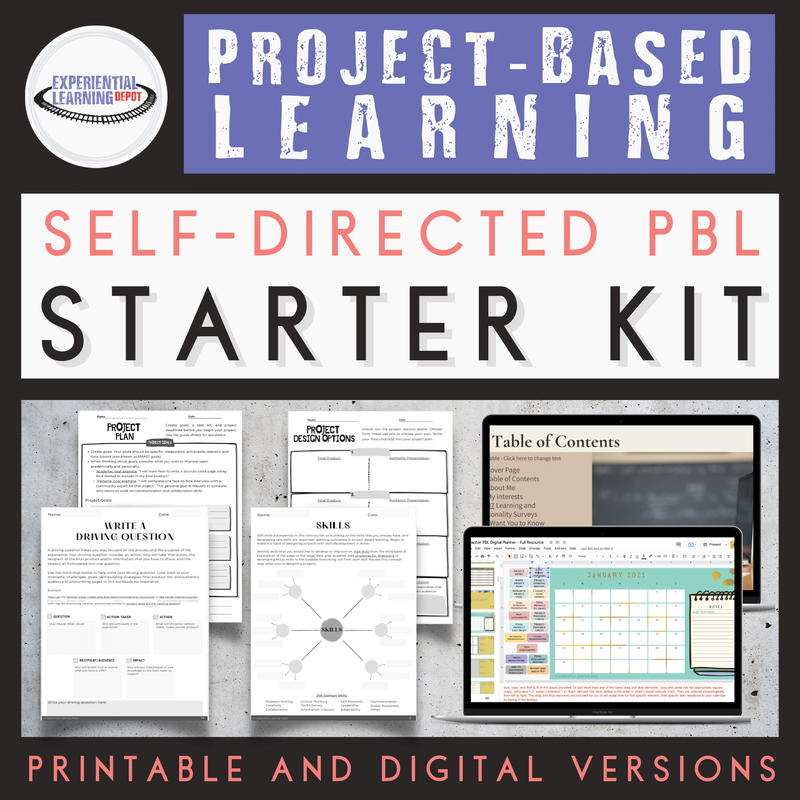
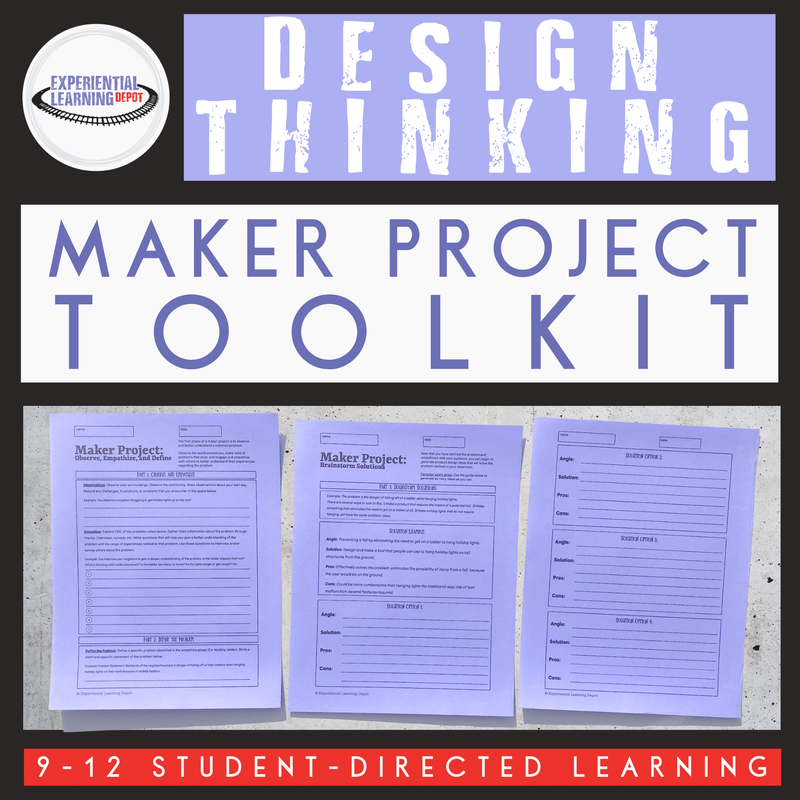

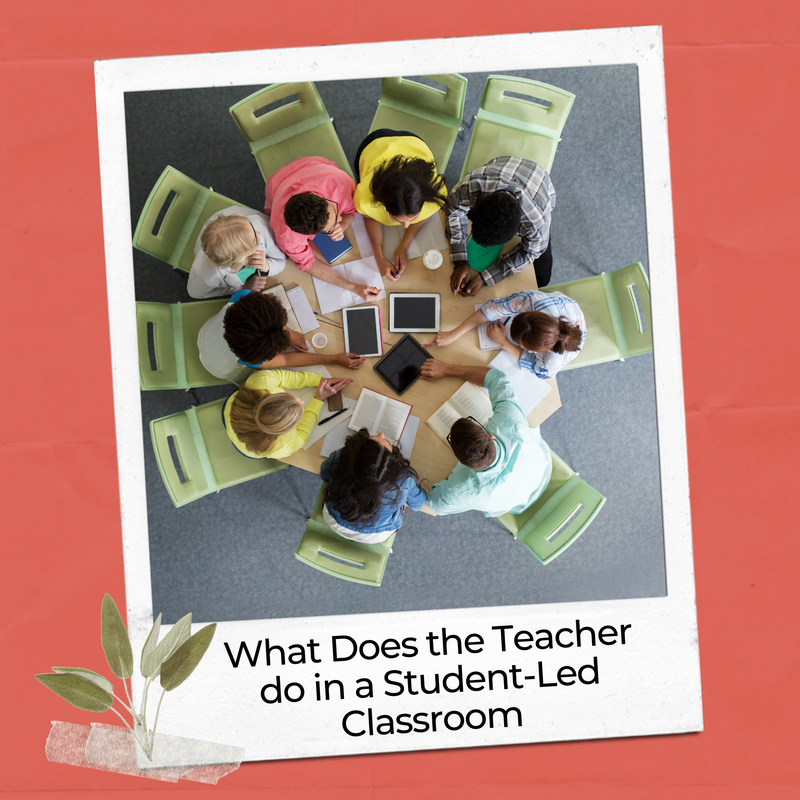
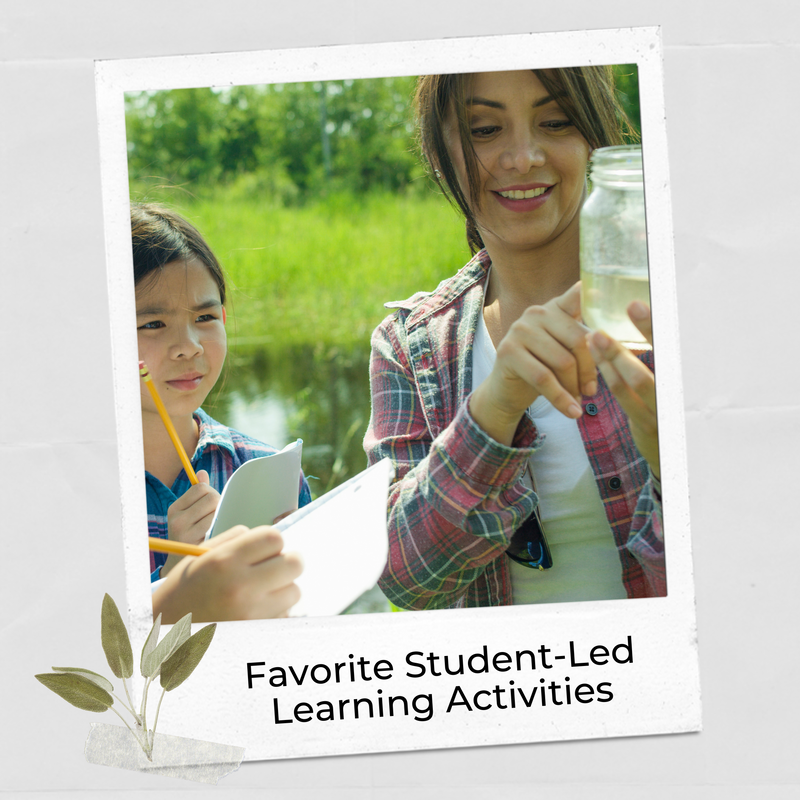


 RSS Feed
RSS Feed